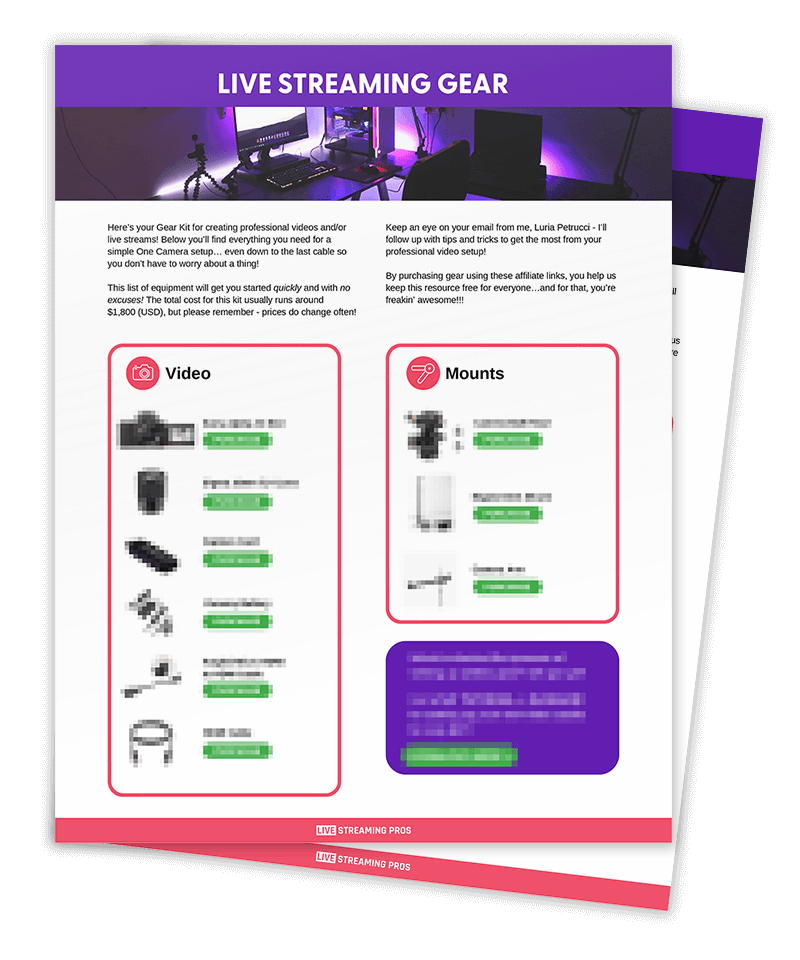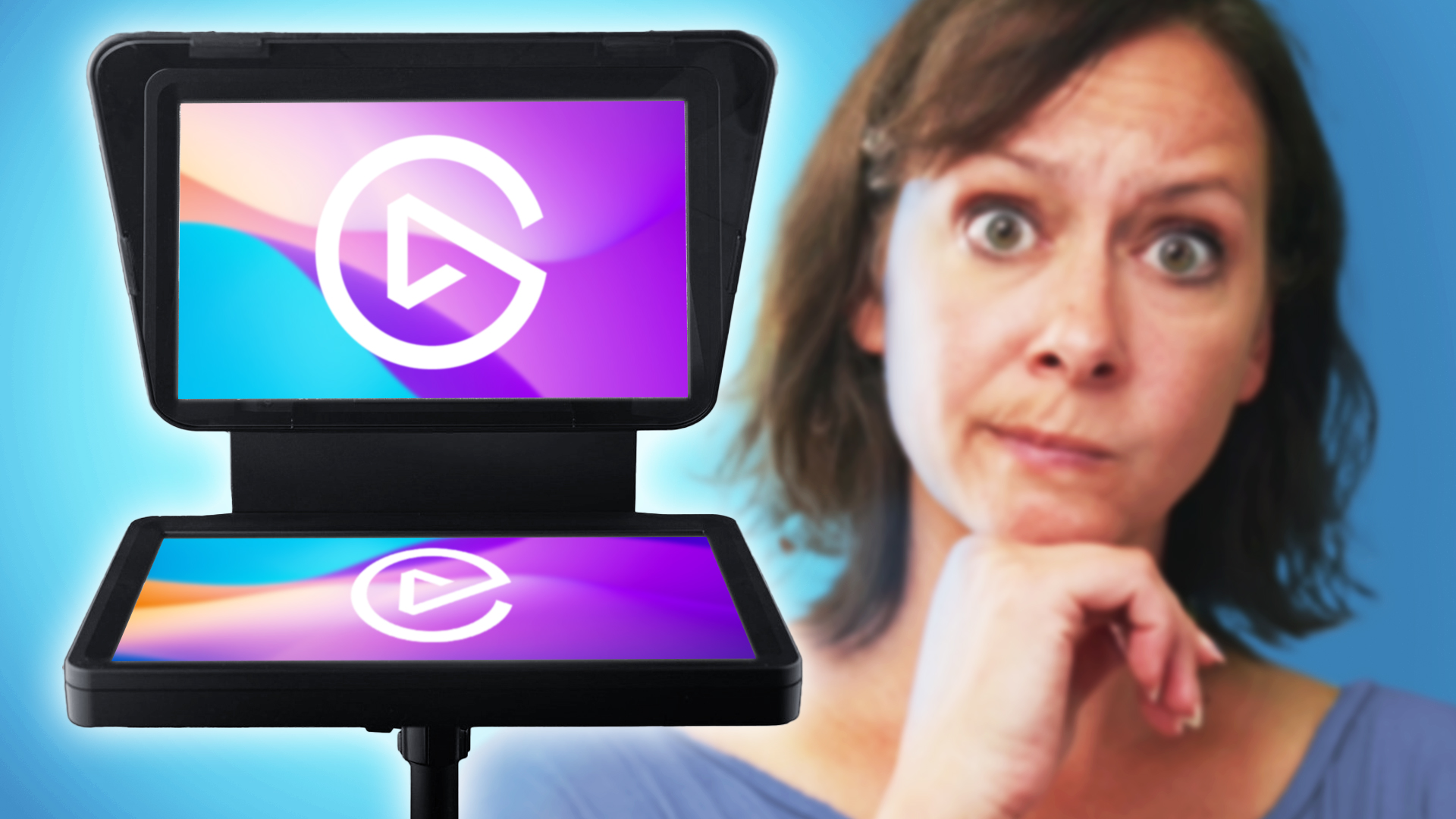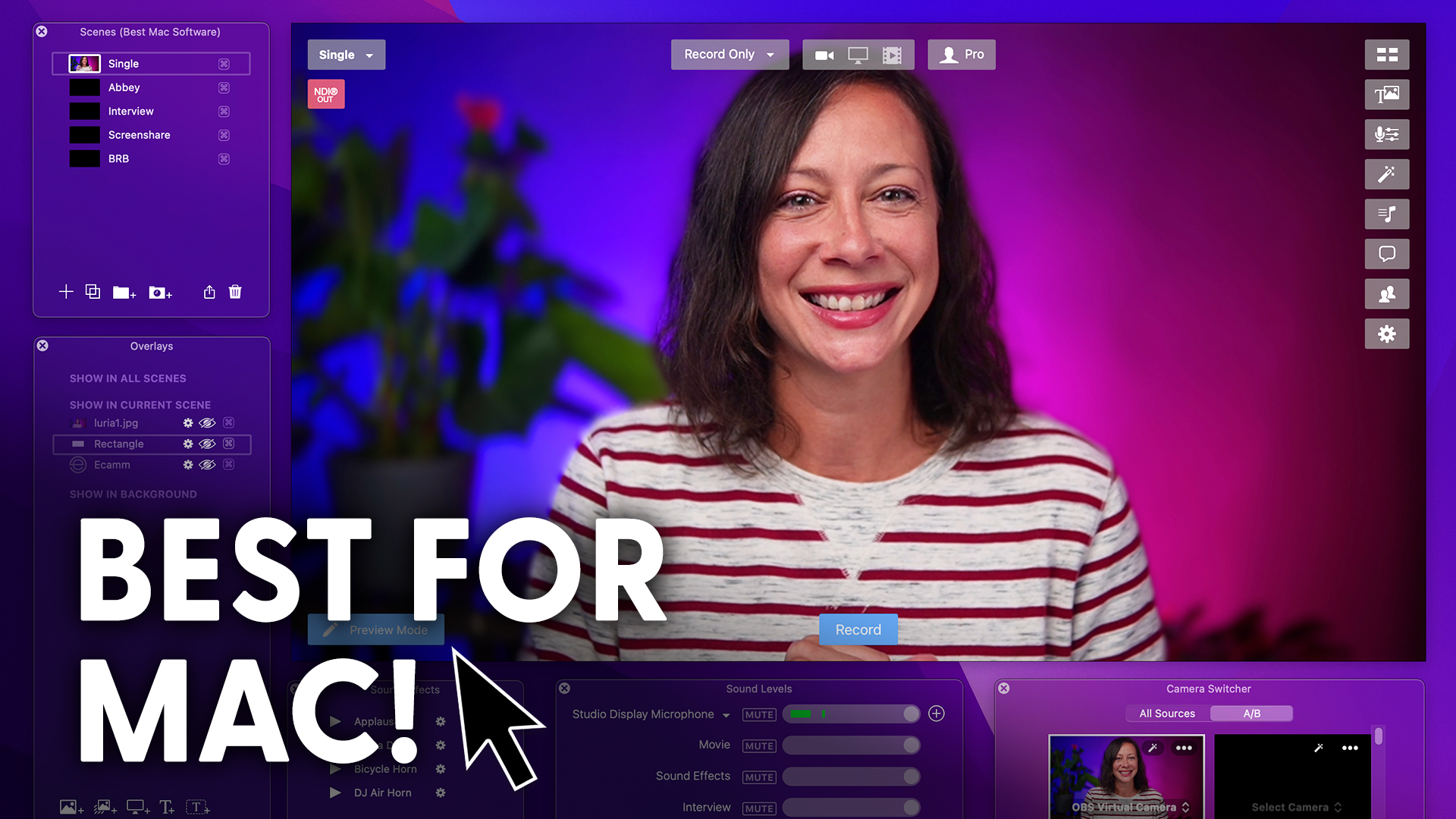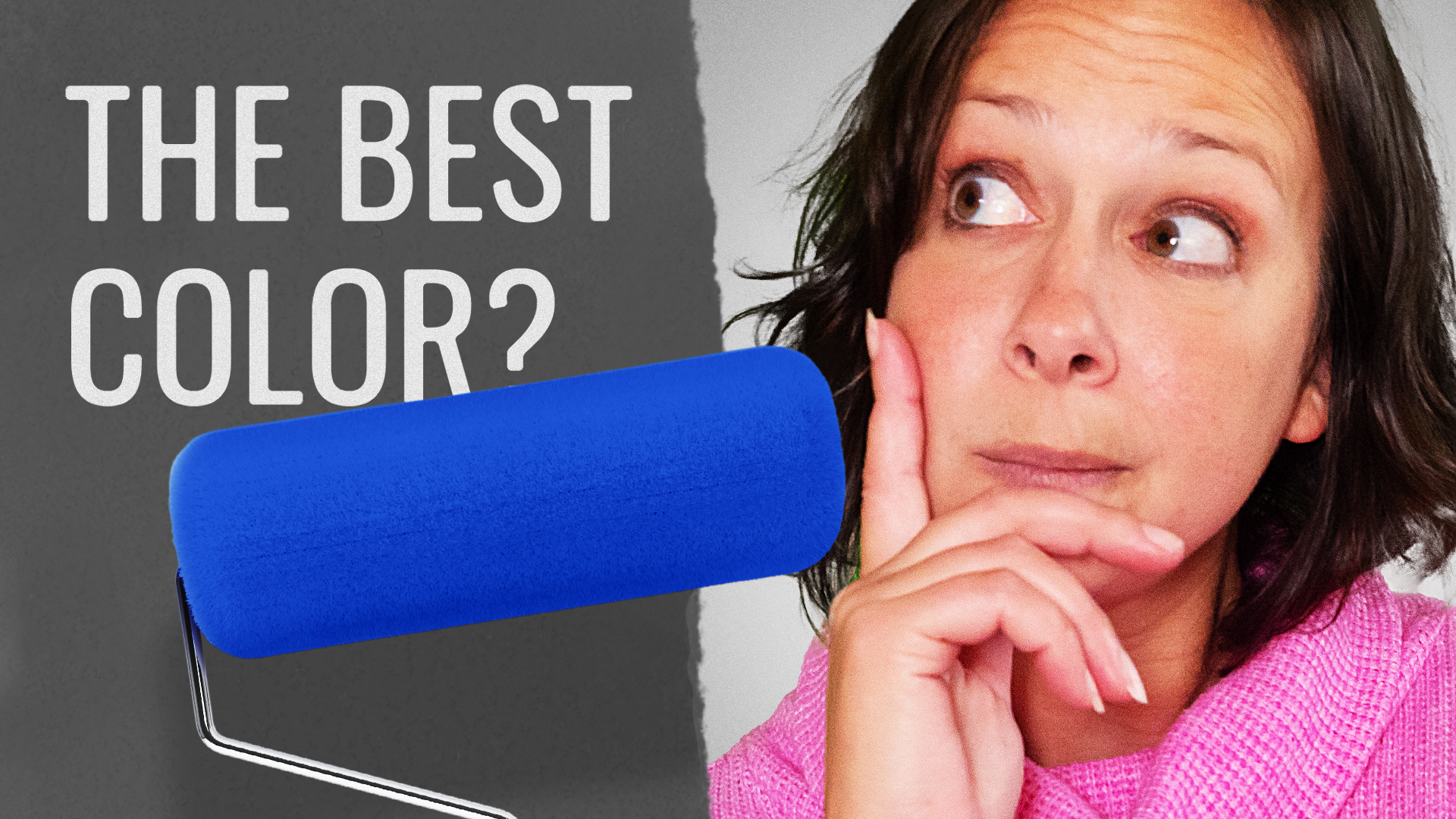So which mic should I buy for my live stream?
It’s one of the most common questions I get, and today I’m going to show you how to choose a mic for your live stream, whether you’re here or here or here or here.
Situation one on location.
Now, if you’re doing any videos, talking head style, where you’re talking directly to the camera on site, a shotgun microphone is going to be a fantastic option for you.
So a shotgun mic, as you can see, is totally tubular man.
And the benefit of this is that it is a very directional mic.
It’s getting anything that it’s pointing straight out at and it’s rejecting noise from the side.
Now, a shotgun mic you want positioned just out of frame.
So what you want to do is get it into frame.
Come on in, mic and then push it just out of frame.
That’s going to give you the best audio without it being seen.
Right now, it’s pointing directly at my mouth.
But as we move it away from my mouth, I’m talking at the same level.
And yet you hear less of me.
That’s how directional those mic are.
So get it pointing directly at your mouth.
Now, these mics are a little sensitive, so we have to be careful with their feelings.
In fact, what I mean by that is they will pick up any touch of the mic, any footsteps from, you know, a pole that it’s sitting on.
So what we want to do is actually use a shock mount.
So this is a shock mount.
And what it’s doing is isolating all of the audio from those bumps and the footsteps and anything that might be happening so that you’re getting a cleaner audio source.
You see Chris over here holding it.
You do not need a second person.
Don’t let that scare you.
You can mount this to a stand so you’re hands free.
– So what I am here for? – I dunno, go away…
Here’s the thing.
The most important part of your video is your audio.
People will put up with a bad video quality before they will put up with bad audio.
If you hurt their ears, they’re out of there.
And by the way, if you are liking this video, go ahead and hit that like button and subscribe!
Situation two podcasts.
If you’re going to be doing your podcast live or you’re doing anything predominantly voice driven or you just really want the best of the best audio, you’re going to want to use a broadcast mic, these are the types of mics that you see in a radio station, and they are going to really pick up all the nuances of your voice, all the different tones in your voice.
So they are fantastic option.
So these mic are going to pick up audio and a mushroom shaped area, and that’s called cardioid, which means you can actually get a little off access here and still get some great audio.
Now, these mikes are going to be in your shot because the closer you get to the mic, the better audio you’re going to get.
So that means they’re definitely going to be in your live stream shot.
And that’s a personal preference and totally OK.
Typically, when you have a two person interview, then having a handheld mic, reporter style is going to feel very natural for the audience.
So you can go back and forth between you and your guest.
Now, these mikes are very omnidirectional as opposed to directional like the shotgun.
So typically on site or in an event, you’re going to have a lot more background noise going on.
So you want to keep that mic as close to your mouth and the guests mouth as possible.
Omnidirectional means it picks up audio in all directions.
It’s omnipresent, if you will.
OK, so a great thing about that is that it doesn’t actually take a whole lot of movement between you and your guests to still pick up the good audio.
Situation three talking head.
When you’re doing talking head type video where you’re at your desk in your studio talking directly to the camera like I am right now, you can either use the shotgun mic that’s positioned right outside of frame or the broadcast mic I showed you before where it’s right in your face.
This is a personal choice.
Some people love the mic in the shot look, and some people like moi don’t like that at all for their personal preference.
So you have to decide on your personal preferences.
There are mics at all different budget levels and for all the different types of mics.
And we have a video that is going to help you break it down so that you can make the intelligent choice where you and your budget.
So click that link in the description.
But what if you can’t stand at your desk?
What do you need to move around?
Situation four fitness or yoga.
If you need to move around maybe for yoga, fitness or dance classes, then you’re going to want to use a lavalier mic.
Now, a lav mic comes in two parts, a receiver and a transmitter.
So this little bitty mic that’s easy to hide actually connects to your transmitter then wirelessly connects to the receiver on the other end of the camera, and that’s where the audio is pulled.
Protip you definitely want to hide those wires, otherwise it looks a little unprofessional without your wires through your clothes so that your transmitter is in the back or in a pocket.
And that way you look clean and people are like, huh, I wonder how she’s pulling that off.
If you’re wearing anything lightweight, a blouse, a lightweight T-shirt, the mic can tend to pull down and make it look a little unclean and weird.
So you can actually take some gaffer tape, not duct tape, gaffer tape and attach the mic to your skin underneath your shirt.
Now that you’ve learned a thing or two, we’re going to go over some common mistakes so you don’t make those mistakes yourself.
One, using a mic outside. Mics are sensitive to anything rustling up against it, and that includes wind.
So you might want to use a fancy little tool called the dead cat or a windscreen… Or a sock.
You can also use your surroundings to block out the wind, like standing in front of the direction of the wind, so it’s blocking the mic from getting that or using a wall, things like that.
If you’re inside, you may not have wind noise, hopefully, but you might have echo and you’re going to get echo in large spaces, especially with hardwood floors, brick walls.
You are going to have echo and you can start by getting that mic closer to your mouth.
But also you might want to dive into some treatment options like fuzzy rugs or blankets or curtains.
There are all kinds of options from pro to simple.
And we go over all of those options in our Studio Workshop to help you build out your professional video studio.
And seriously, the biggest mistake you’re going to beat yourself up over is not monitoring your audio.
Test first, make sure your audio is unmuted.
Make sure your audio sounds good.
Monitor that while you’re recording or do a test before you start recording or go live and you’re going to avoid a big no no.
And remember, if you have questions about all of this stuff, come hang out with us on a live stream and get those questions answered.
These are guidelines, experiment.
Have fun with this and that will help you make a more intelligent decision.
And of course, you’re going to have questions about which mic to buy for your budget.
So I encourage you to dove deeper right here in this video.
And I’ll see you there.



